Search titles
Displaying results 1 to 10 of 370.

The Wild Australia Show »
The Story of an Aboriginal Performance Troupe and its Afterlives
Authored by: Paul Memmott, Maria Nugent, Michael Aird, Lindy Allen, Chantal Knowles, Jonathan Richards
Publication date: July 2025
The Wild Australia Show was a troupe of 27 Aboriginal performers recruited from northern Queensland in the 1890s for a world tour that would culminate at the World’s Columbian Exposition in Chicago in 1893. Those grand plans were ultimately dashed, and the troupe only performed in Brisbane, Sydney and Melbourne before disbanding. This book tells the story of the Wild Australia Show from its inception to its afterlives. It traces how the performers were…
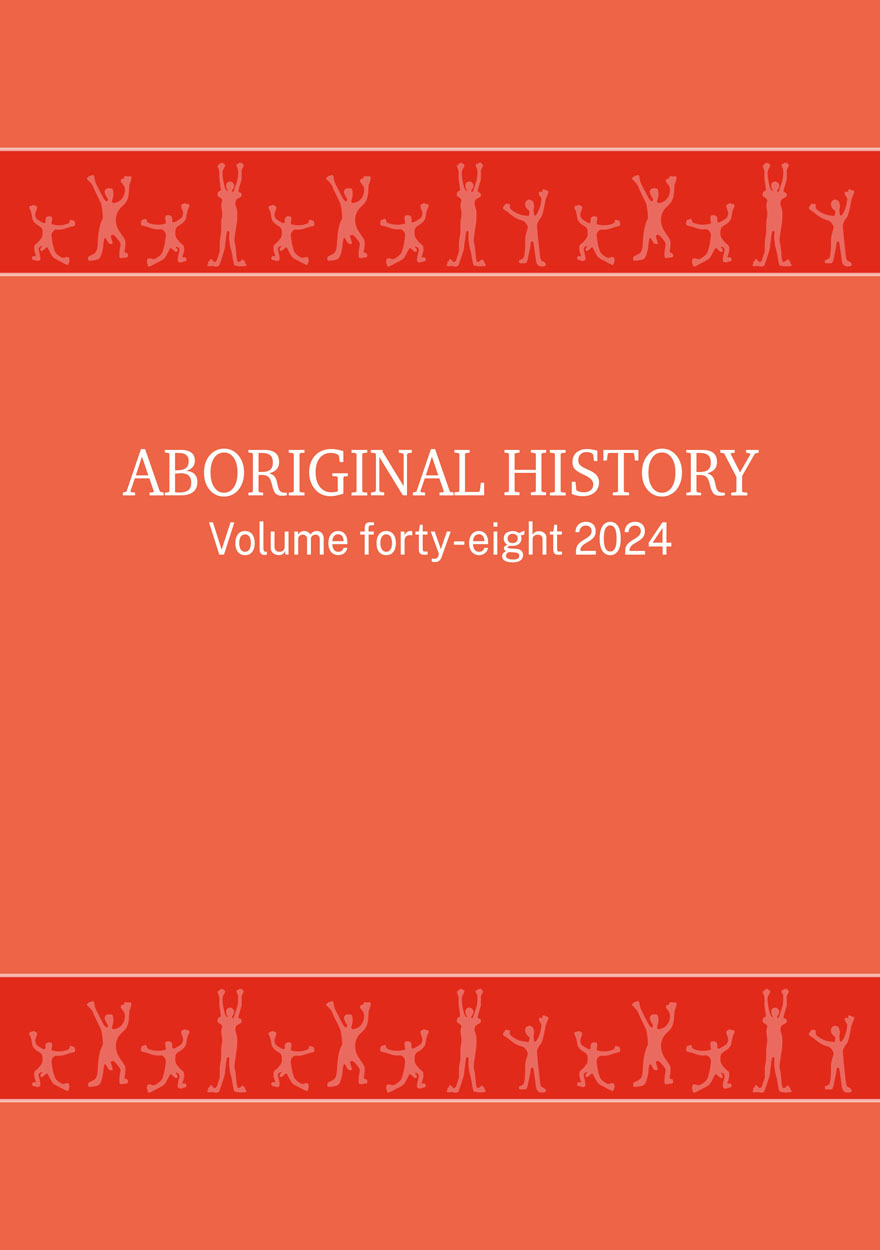
Aboriginal History Journal: Volume 48 »
Edited by: Crystal McKinnon, Ben Silverstein
Publication date: 2025
In this volume, Christopher Morton carefully traces the provenance of a Wiradjuri or Gamilaroi marara (tree carving) currently resting at the Pitt Rivers Museum in Oxford, considering its unfinished journey and the way it has been framed and recontextualised, as well as the ways it may experience a future return to good relation with and in Country. Julia Mortensen draws on oral histories of life and mobility in and around the Yumba – a ‘fringe camp’ at…
Coming soon
Notify me
Rethinking Histories of Indonesia »
Experiencing, Resisting and Renegotiating Coloniality
Edited by: Sadiah Boonstra, Bronwyn Anne Beech Jones, Katharine McGregor, Ken M.P. Setiawan, Abdul Wahid
Publication date: 2025
Rethinking Histories of Indonesia: Experiencing, Resisting and Renegotiating Coloniality provides a critical evaluation of histories of Indonesia from the formal period of colonisation to the present day. The volume approaches Indonesian history through the lens of coloniality, or the structures of power and control that underpin colonisation and which persist into the present. Bringing together seventeen authors from across the world, the volume offers alternative…
Coming soon
Notify me
Military History Supremo »
Essays in Honour of David Horner AM FASSA
Edited by: Joan Beaumont, Garth Pratten
Publication date: June 2025
Professor Emeritus David Horner AM FASSA is one of Australia’s greatest military historians and its fifth official historian of war and military operations. Few who undertake research in the field can do so without consulting his prodigious, authoritative and definitive publications. Serving for 25 years in the Australian Army before joining The Australian National University, Horner is the epitome of the soldier–scholar and has played a key role in establishing military history…
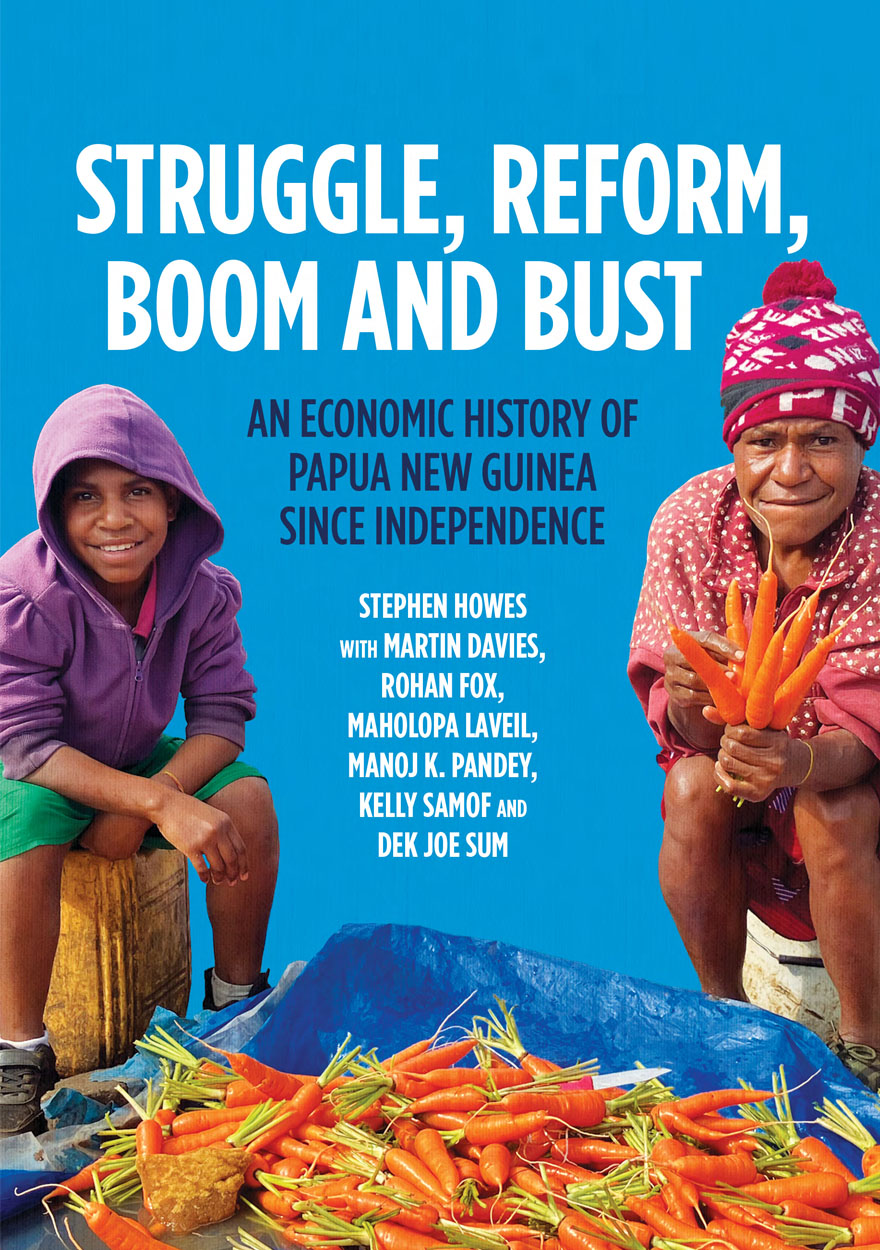
Struggle, Reform, Boom and Bust »
An Economic History of Papua New Guinea since Independence
Authored by: Stephen Howes, Martin Davies, Rohan Fox, Maholopa Laveil, Manoj K. Pandey, Kelly Samof, Dek Joe Sum
Publication date: 2025
Since Papua New Guinea’s independence in 1975, economic growth has been slow but volatile, with major changes in economic structure and policies, as well as in politics and governance.
This economic history, written to commemorate the fiftieth year of independence and the first to be produced in some 15 years, divides the half century since independence into four periods: the relative stability but also early struggles of the seventies and eighties; the crises…
Coming soon
Notify me
Australian Journal of Biography and History: No. 9, 2025 »
Special Issue: Oceania Lives
Publication date: June 2025
This special issue of the Australian Journal of Biography and History, ‘Oceania Lives’, showcases a collection of writing and dialogue from an emerging group of Pacific scholars interested in rethinking Australia’s past and present through historical biography. While spanning multiple time periods, geographies, and communities, the issue draws its thematic coherence from a sustained exploration of the different ways in which Pacific peoples – in this case, South Sea…
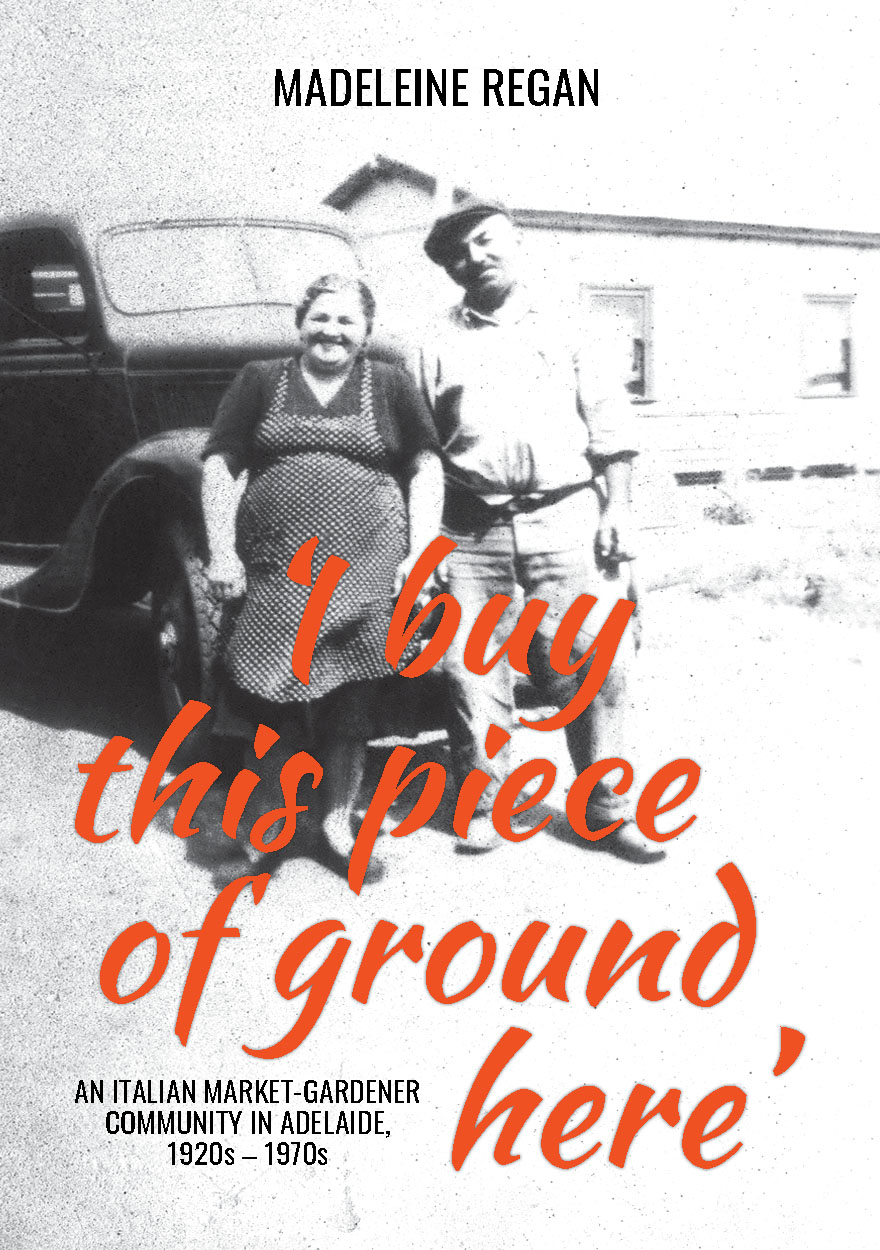
‘I buy this piece of ground here’ »
An Italian market-gardener community in Adelaide, 1920s–1970s
Authored by: Madeleine Regan
Publication date: May 2025
‘I buy this piece of ground here’ is a group biography that examines the lives and work of a cohort of Italian migrant families from the Veneto region who arrived in Australia in the 1920s and formed a new community and identity as market gardeners in outer suburban Adelaide.
This book investigates the settlement processes in a period of Australian migration history often overlooked in favour of post–World War II studies of mass migration and…
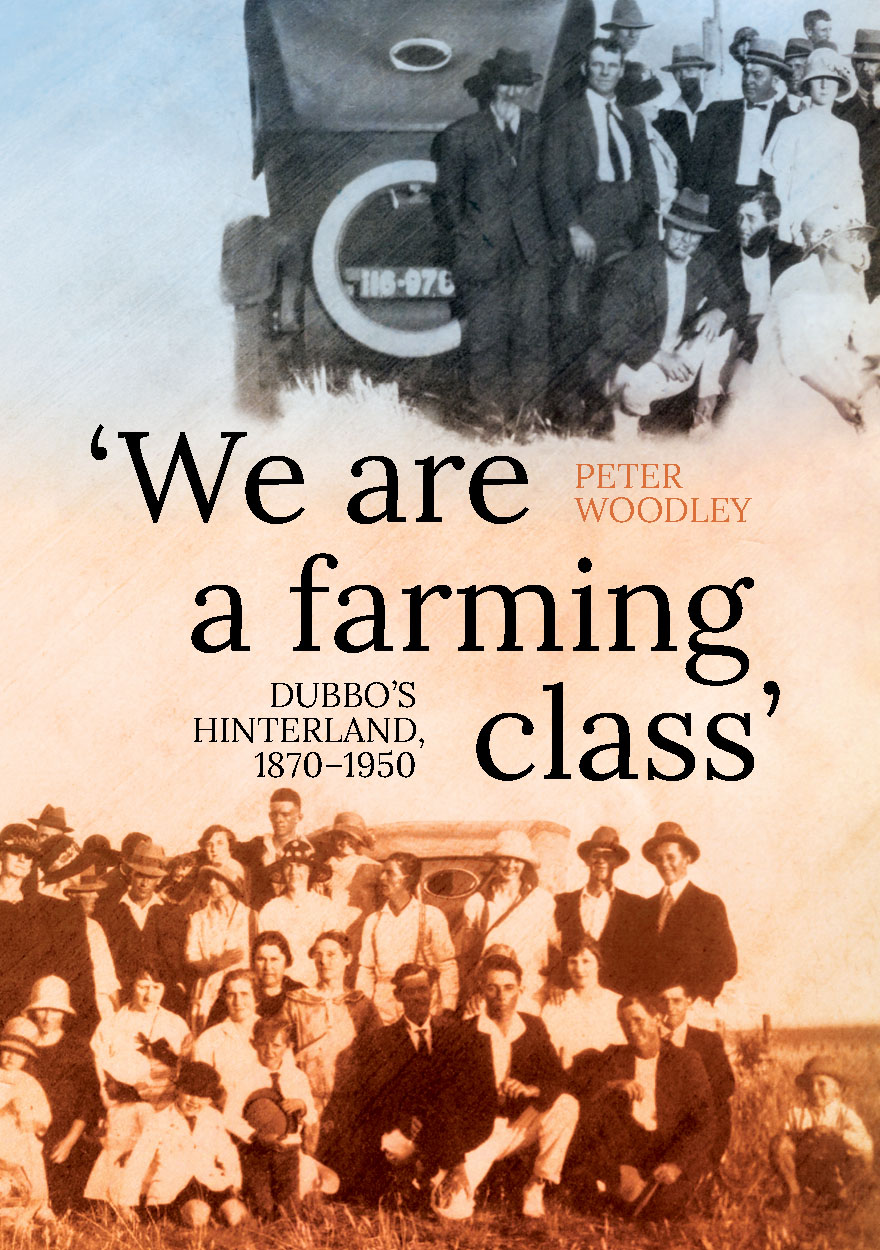
‘We are a farming class’ »
Dubbo’s hinterland, 1870–1950
Authored by: Peter Woodley
Publication date: April 2025
Notions of an arcadian farming life permeate settler-Australian understandings of themselves and their nation. Qualities of hard work, perseverance, resourcefulness, and a steady devotion to family and community—the historian John Hirst’s Pioneer Legend—are idealised in this nation. But the people from whom the legend is derived have rarely been studied in depth. They are more the stuff of myth and fond imagining than of concerted examination. To what…

Lilith: A Feminist History Journal: Number 30 »
Publication date: March 2025
The 2024 issue of Lilith benefited from some unusual contributions from international scholars from South Africa, Finland, the US and the UK, and from Australian-based researchers at the University of NSW, The Australian National University, Western Sydney University, the University of Melbourne, the University of New England, James Cook University, the Australian Catholic University, Charles Darwin University and the University of Wollongong. Many of…
Download for free
Not available for purchase
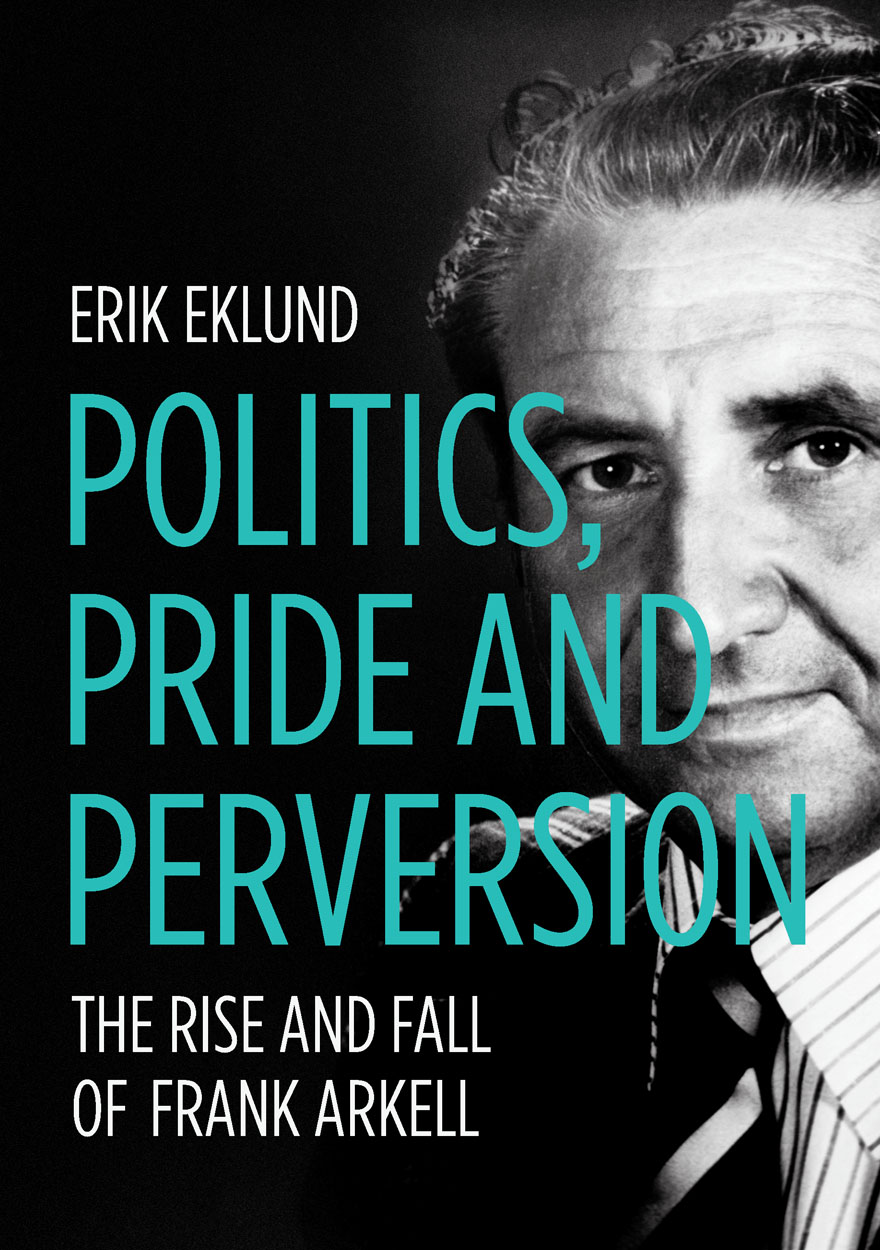
Politics, Pride and Perversion »
The Rise and Fall of Frank Arkell
Authored by: Erik Eklund
Publication date: March 2025
Frank Arkell (1929–1998) was the most successful politician of his generation; an Independent who served as Wollongong’s Lord Mayor (1974–1991) and state member (1984–1991). Arkell dominated Wollongong public life with unstoppable energy, eccentric flair, and a single-minded determination to support the city through economic restructuring. Despite his popularity, at the edges of public consciousness there was growing disquiet over Arkell’s private life …
‘A…



